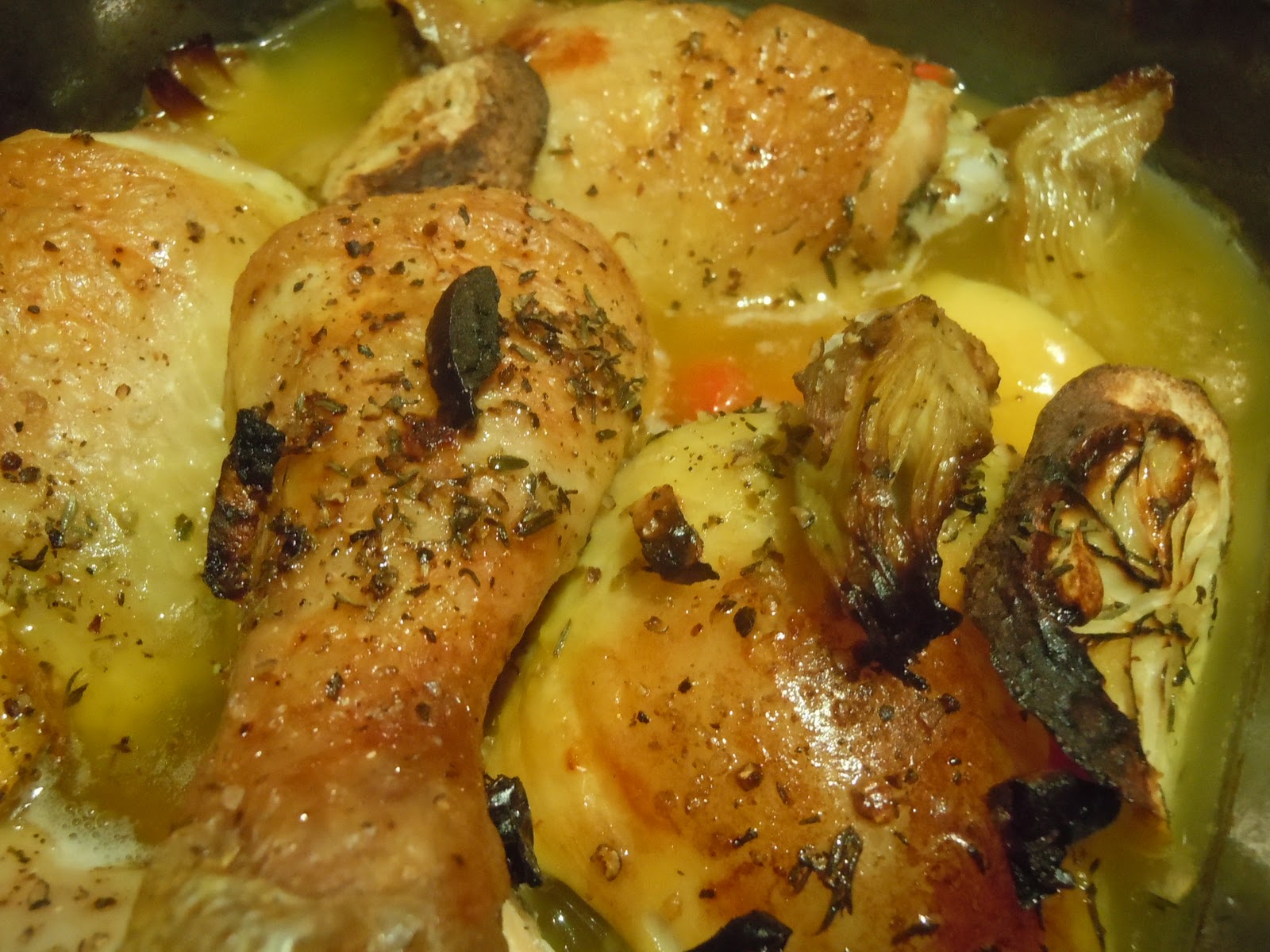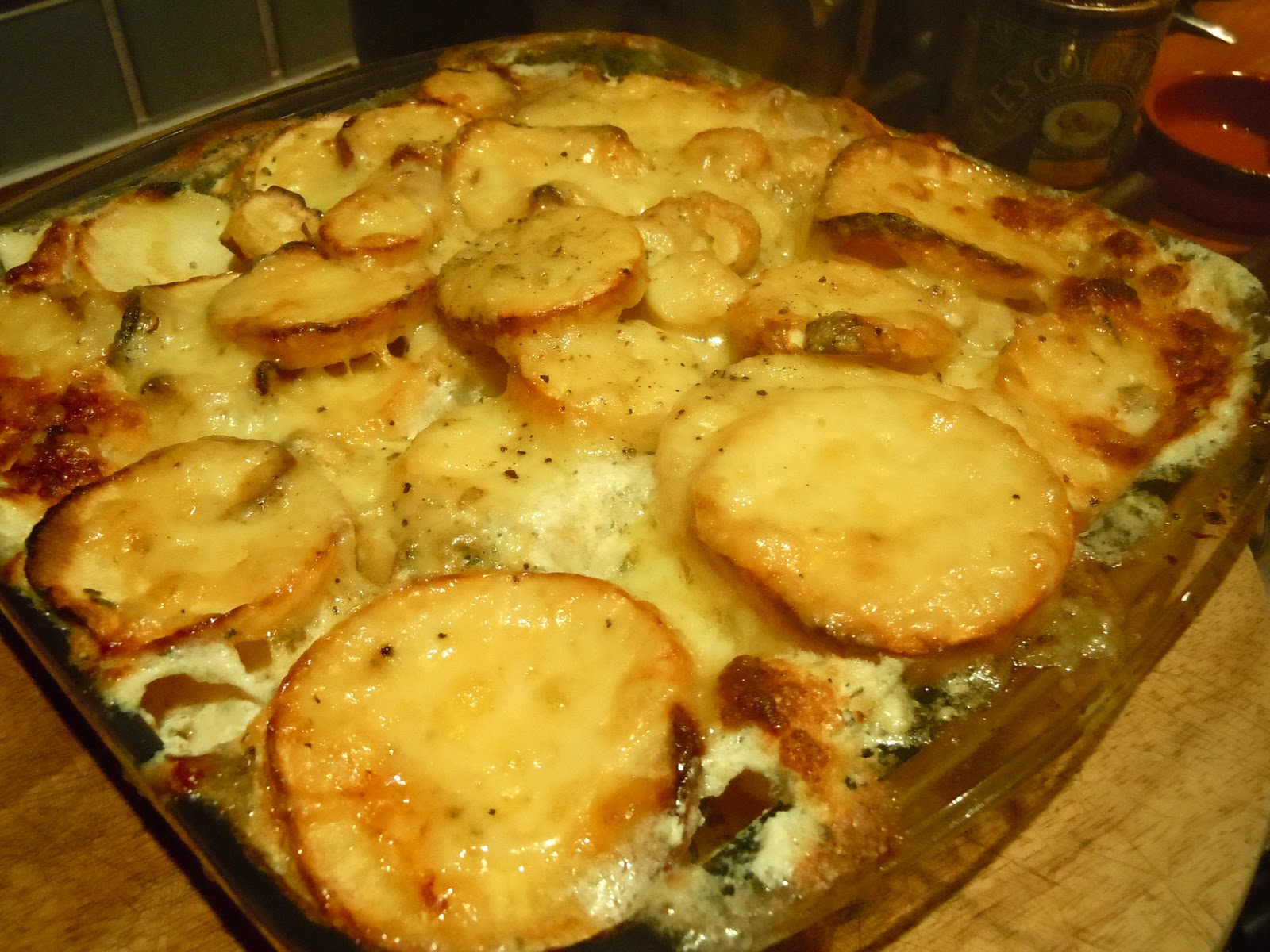Any Southerner who would have read the above title is probably in a wonderful position to shoot me now. I know, I know. You fundamentally can't confuse polenta with grits. Yes, they're both made from corn. Yes, they both can have a wonderful porridge-like consistency. But there is no way on heaven or earth that you can call one the other. I'm sure there's an actual fundamental difference between them (well, actually, even Wikipedia says they're darn similar), but when in England, grits are nowhere to be found.
Yes, this is sadly correct. Despite having adopted many a questionable item of American cuisine (like Poptarts, for example), grits remain an absolute unknown in the English food palate. Tell them about polenta and they're on board. Talk to them about grits and you get a blank face.
So, when I found this recipe (thanks to the NY Times Temporary Vegetarian), my heart yearned for the American original, yet I contented myself with the British equivalent. Which meant polenta. I was a bit nervous about using polenta instead of grits with the amount of water and milk that it called for, but it turned out beautifully. Just creamy enough to balance with the mushrooms and cheese and sticky enough to hold itself together in the bowl. I also had some leftover dried porcini mushrooms that I used with the recipe and used the water I rehydrated them with (infused with a wonderful mushroom-y taste) to blend with the milk in the recipe. An absolute win.
Grits may be off the menu for a little bit, but at least with this recipe, I have a fairly decent imitation.
Ingredients
For the mushrooms:
1 cup chestnut mushrooms, cleaned and hard stems discarded
1 cup oyster mushrooms, cleaned and hard stems discarded
1 cup porcini mushrooms, rehydrated
1/4 cup extra virgin olive oil
1 sprig thyme
4 cloves garlic
Salt and freshly ground black pepper
For the grits (if you're lucky enough to have them) or polenta:
2 cups milk
1 jalapeño, split and seeded
1 clove garlic
1 bay leaf
1 sprig rosemary
1 teaspoon kosher salt
1 cup organic grits/ 1 cup polenta or fine cornmeal
2 tablespoons butter
2 ounces fresh goat cheese
Method
1. For the mushrooms: Preheat oven to 400 degrees. In a mixing bowl, combine the shiitakes, oyster mushrooms, creminis, olive oil, thyme and garlic. Season with salt and pepper to taste. Transfer to a sheet pan, and roast for 15 minutes. Remove from heat, discard thyme and garlic, and cover to keep warm. While the mushrooms are roasting, prepare the grits.
2. For the grits/polenta: In a saucepan over medium heat, combine milk, 2 cups water (here I used the porcini mushroom "juice"), jalapeño, garlic, bay leaf, rosemary and salt. Bring to a simmer then remove from heat. Pour through a fine-meshed strainer into a heatproof bowl, and discard the solids.
3. Return the liquid to the saucepan, and place over high heat to bring to a boil. Add the grits, lower the heat to medium, and stir constantly until fully cooked and smooth, about 15 to 20 minutes. Add butter and mix well.
4. Add the goat cheese immediately before serving and mix well. Divide the grits/polenta among six plates, and spoon the roasted mushrooms over the grits/polenta.
Serves: 6.







